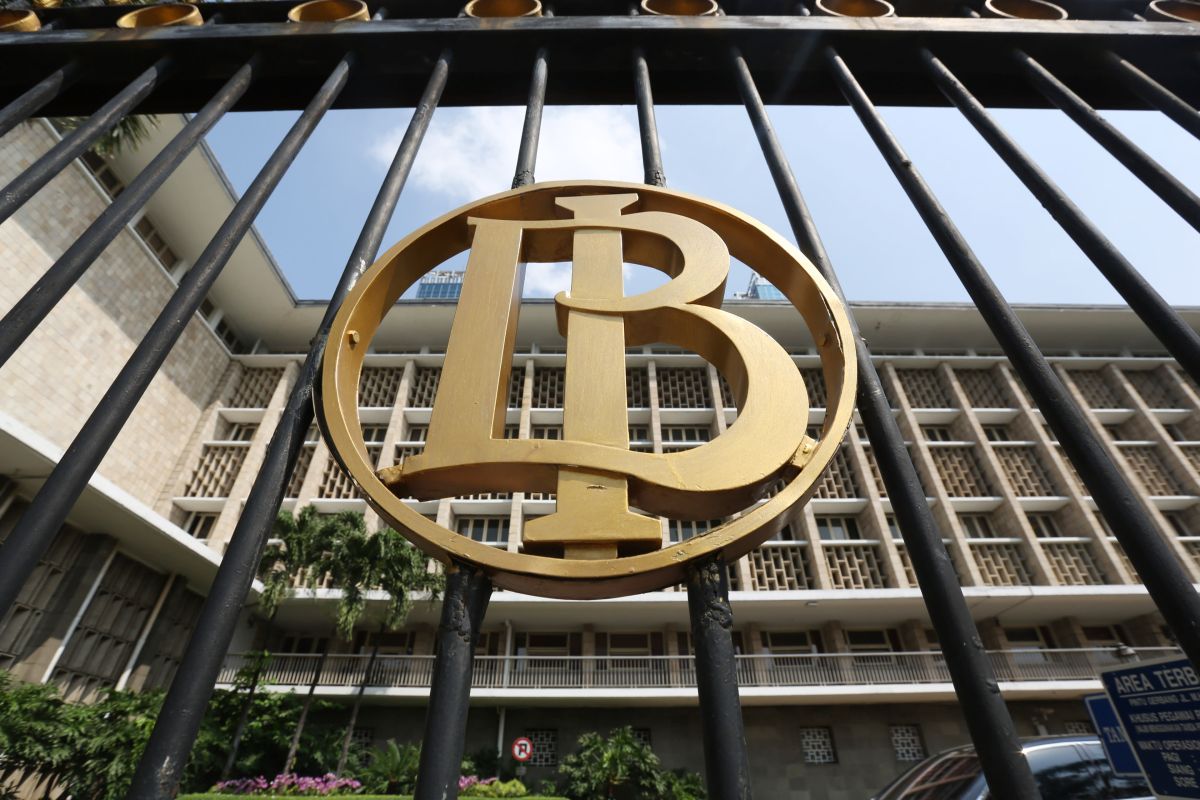Indonesia's IIP showed a net liability of US$338.2 billion (30.2 percent of GDP) for the quarter, up from $324.1 billion (29.7 percent of GDP) at the end of the previous period, according to a statement from Bank Indonesia received on Friday in Jakarta.
The increase in the net liability stemmed from a larger increase in FFL than Foreign Financial Assets (FFA).
The increase in Indonesia’s FFL position, primarily backed by an influx of foreign capital in the form of portfolio investment and direct investment, reflected strong investor confidence in the national economic outlook coupled with attractive yields in the domestic financial assets.
At the end of the fourth quarter of 2019, the FFL position climbed by 3.1 percent (quarter on quarter), or $21.7 billion, to reach $711.6 billion.
This mainly stemmed from portfolio investment transactions as foreign capital inflows to domestic government securities (SBN) as well as corporate and government global bonds surged.
In addition, FFL transactions, in terms of direct and other investment, also increased.
The rise in FFL was also influenced by a positive revaluation of domestic financial instruments, in line with the Jakarta Composite Index (JCI), which traded upwards, as well as the Rupiah’s appreciation against the US dollar.
During the same period, Indonesia's FFA position expanded primarily due to rising transactions of direct investments and reserve assets.
At the end of the fourth quarter of 2019, the FFA position rose by 2.1 percent (quarter on quarter), or $7.6 billion, to touch $373.3 billion.
Other than transactions, the hikes in the FFA position were driven by positive revaluation from broad-based US dollar depreciation coupled with increasing average stock indexes in most investment destination countries.
The increases in FFA were offset, however, by a decline in transactions of portfolio investment and other investment assets.
For 2019 as a whole, Indonesia’s overall IIP was relatively stable compared with the position at the end of the previous year.
Indonesia's IIP recorded a net liability of $338.2 billion in 2019, up from $317.3 billion in 2018.
Meanwhile, the ratio of IIP’s net liability to GDP at the end of 2019 was recorded at 30.2 percent, down from 30.4 percent at the end of 2018.
In 2019, the FFL position expanded by $47.6 billion (7.2 percent year over year), primarily influenced by an influx of long-term foreign capital despite persistent global financial market uncertainty.
The FFA position also increased by $26.6 billion (7.7 percent yoy), mainly driven by a boost in resident’s placements in overseas banks.
Bank Indonesia views that Indonesia’s IIP at the end of the fourth quarter of 2019 and the entire year remained stable.
This was indicated by the domination of long-term instruments within the structure of Indonesia's IIP net liability.
Nevertheless, Bank Indonesia will remain vigilant on the risk posed by Indonesia’s IIP net liability position to the economy.
Going forward, Indonesia’s IIP performance is expected to improve, in line with sustained economic stability and persistent recovery of the Indonesian economy, supported by consistency and synergy in the policy mix of monetary, fiscal, and structural reforms.
Related news: Indonesia ready to face global economic slowdown amid corona outbreak
Related news: President seeks details of plunging gas prices' impact on economy
Reporter: Azis Kurmala
Editor: Rahmad Nasution
Copyright © ANTARA 2020












